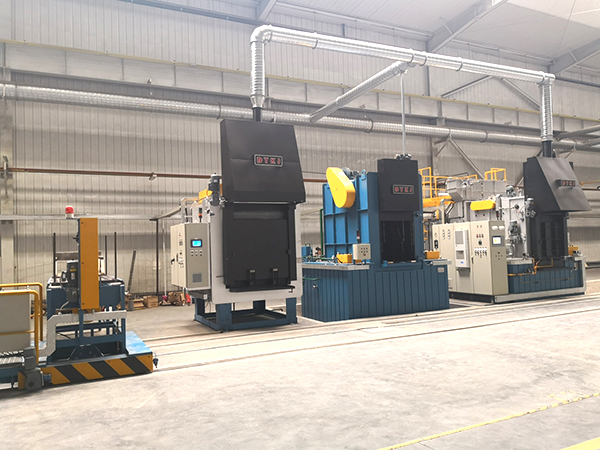400-000-0000

The multi-purpose furnace heat treatment furnace quenching process is a heat treatment process in which the steel is heated to a temperature above the AC3 or AC1 point for a certain period of time, and then cooled at an appropriate speed to obtain a martensite and / or bainite structure. The purpose of quenching is to improve the hardness, strength and abrasion resistance to meet the performance of the parts. The heat treatment furnace quenching process is widely used, such as tools, measuring tools, molds, bearings, springs and automotive, tractors, diesel engines, cutting machine tools, pneumatic tools, drilling machinery, agricultural machinery, petroleum machinery, chemical machinery, textile machinery, aircraft and other parts Both are using hardening processes.
Most heat treatment furnaces are made of refractory and insulation materials, because the heat treatment furnace is usually in a high temperature state. All non-metallic materials that can withstand high temperatures and withstand the physical and chemical effects of high temperatures are collectively referred to as refractory materials. When designing and constructing the heat treatment furnace, the rational selection of refractory materials and insulation materials is of great significance to meet the requirements of the heat treatment process, increase the service life of the heat treatment furnace, save energy and reduce costs.
